The History of the Paperless Office
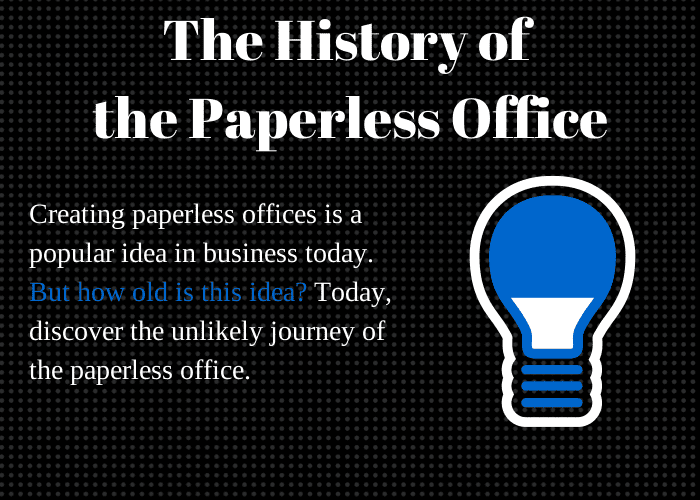
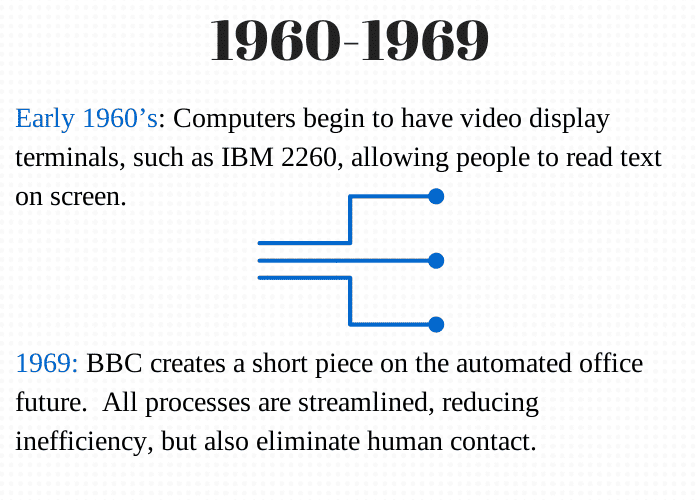
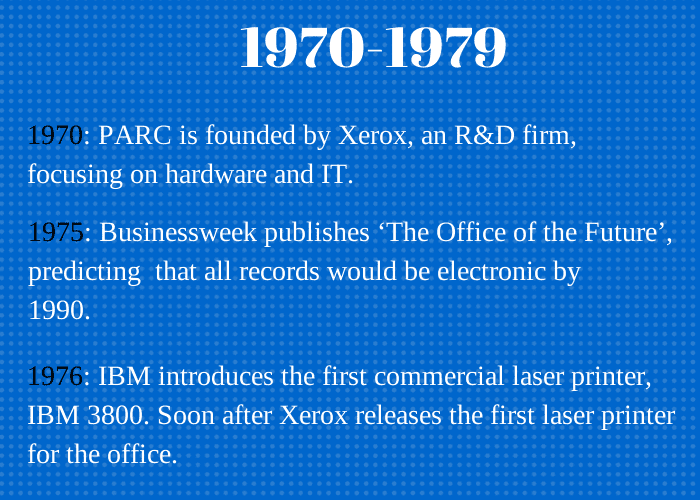
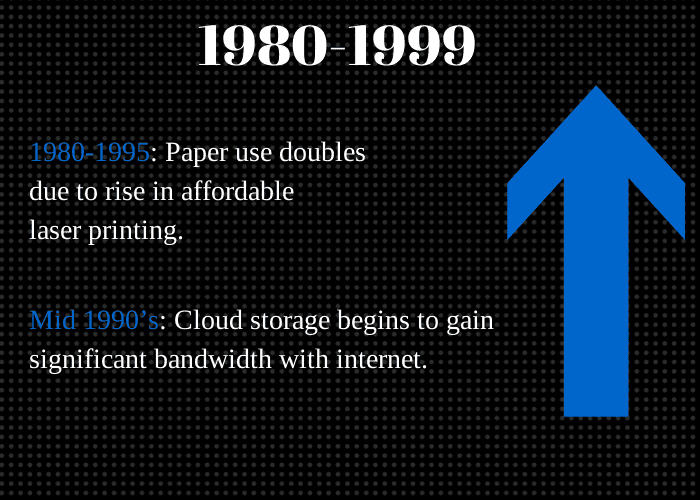
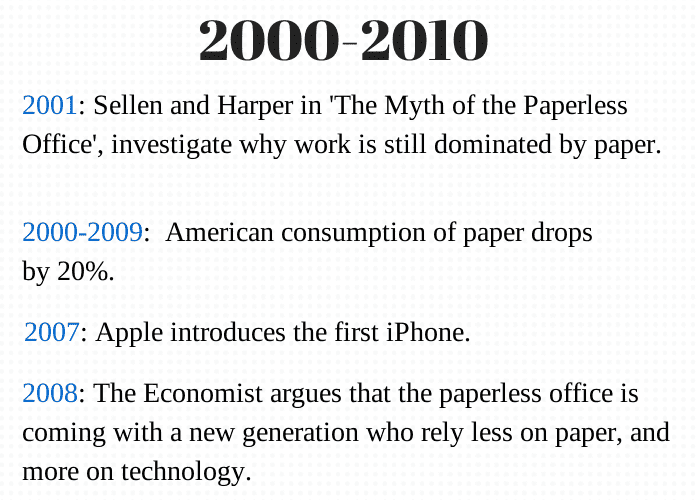
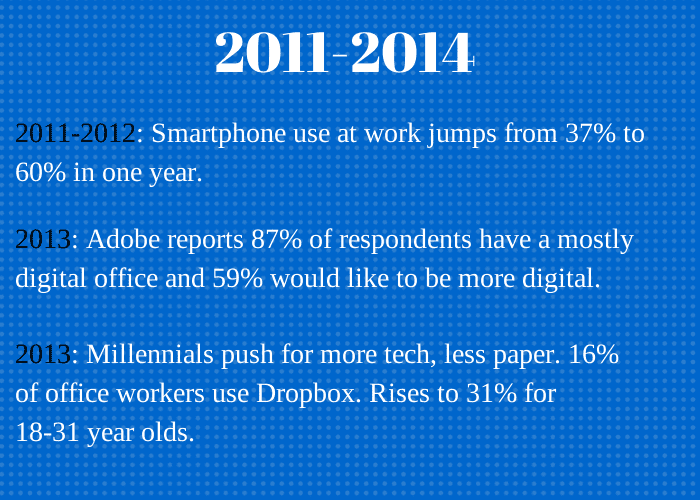
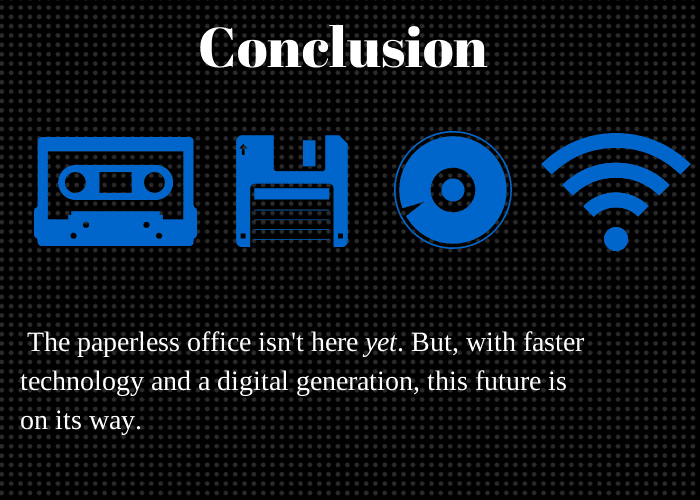
Check out even more resources

Centurian Transport saves $100k every year with GoCanvas
Centurion is the largest heavy haulage provider in Australia. They deliver national supply chain solutions to the resources, energy, construction & retail sectors…

Duotank Transforms Business Processes with GoCanvas
Duotank is a bag-in-tank alternative to the traditional keg beer system. The aseptic tank environment enables breweries to maintain the quality of their beer…

TWO MEN AND A TRUCK® used GoCanvas to increase data visibility & compliance
With a workforce that primarily works out in the field, many of the TWO MEN AND A TRUCK® locations found that paperwork was hindering…
Connect with an Expert Today.
We’ll help you put together the right solution for your needs.
Text Version
The History of the Paperless Office
Creating paperless offices is a popular idea in business today. But how old is this idea? Discover the unlikely journey of the paperless office.
Early 1960s: Computers begin to have video display terminals, such as IBM 2260, allowing people to read text on the screen.
1969: BBC creates a short piece on the automated office future. All processes are streamlined, reducing inefficiency, but also eliminating human contact.
1970: PARC is founded by Xerox, an R&D firm, focusing on hardware and IT.
1975: Businessweek publishes ‘The Office of the Future’, predicting that all records would be electronic by 1990.
1976: IBM introduces the first commercial laser printer, IBM 3800. Soon after Xerox releases the first laser printer for the office.
1980-1995: Paper use doubles due to the rise in affordable laser printing.
The mid-1990s: Cloud storage begins to gain significant bandwidth with the internet.
2001: Sellen and Harper in ‘The Myth of the Paperless Office’, investigate why work is still dominated by paper.
2000-2009: American consumption of paper drops by 20%.
2007: Apple introduces the first iPhone.
2008: The Economist argues that the paperless office is coming with a new generation who rely less on paper, and more on technology
2011-2012: Smartphone use at work jumps from 37% to 60% in one year.
2013: Adobe reports 87% of respondents have a mostly digital office and 59% would like to be more digital.
2013: Millennials push for more tech, less paper. 16% of office workers use Dropbox. Rises to 31% for 18-31-year-olds.
Conclusion – The paperless office isn’t here yet. But, with faster technology and a digital generation, this future is on its way.